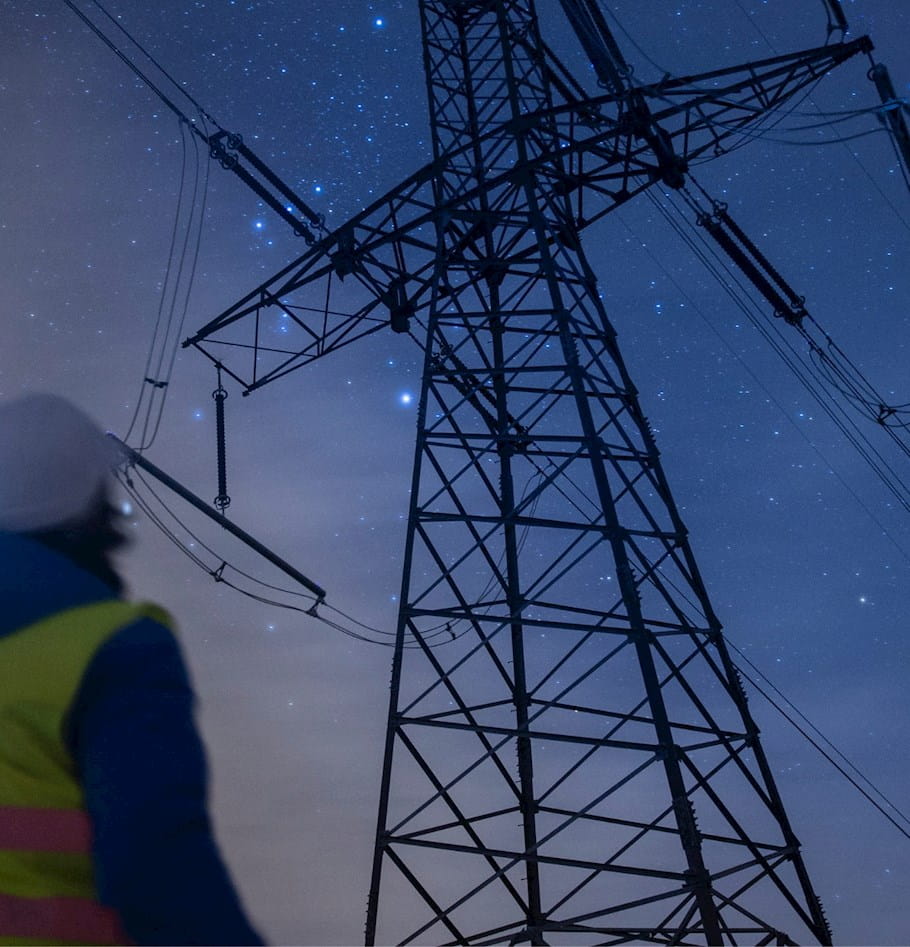Trends shaping the utility distribution business in the Eastern U.S.
Navigating new tech, regulations, and policies on the path toward decarbonization
The transition toward cleaner, more sustainable energy systems in the Eastern U.S—like elsewhere across the world—is complex and multi-faceted. From a policy, regulatory, and technology standpoint, utilities are also faced with the challenge of navigating a complex landscape of having to modernize the electric grid while simultaneously decarbonizing our economies. While this is all happening, utilities are also being directed by regulators to continue maintaining a reliable, resilient, and affordable grid—creating a challenging trifecta to overcome and win.
There’s no one-size-fits-all solution
It's clear that a diverse approach to decarbonization and electrification is needed to match given the different energy landscapes across different regions and energy needs. Jurisdiction-specific planning is crucial—factoring in availability of resources and technologies, existing infrastructure and emerging needs, and state and local laws and regulatory policies. Tailored approaches that leverage a mix of clean energy technologies and consider localized challenges and opportunities are necessary to ensure effective decarbonization.
Embracing diverse technological solutions and fostering innovation is essential to meet net-zero goals advocated by many states. Hybrid and portfolio approaches combining multiple low carbon fuel sources and technologies provide the most economical pathway to decarbonization. Strategies and plans to decarbonize must remain flexible and adapt to changing circumstances and emergence of new and innovative technologies. This necessitates regulatory frameworks that incentivize clean energy investments while providing flexibility to accommodate technological advancements and an “all hands-on deck” approach to decarbonization. Plus, the financial viability of distribution utilities is paramount if they are to raise the large sums of capital needed to support electrification and decarbonization.
But policy challenges—including regulatory barriers and public perception—remain significant challenges. Overcoming these challenges requires collaborative efforts between public and private stakeholders, transparent communication, and regulatory flexibility to incentivize clean energy adoption. The gap between ambition and reality must be bridged—and are currently on diverging paths. It’s impossible to decarbonize our energy systems through electrification without regulators allowing distribution utilities and other energy providers to recover costs and earn a fair return on investment.
Understanding the true price tag of electrification
While sustainability goals are important, it's essential to prioritize safety, reliability, and affordability of energy services to ensure a smooth transition—something that will take time and cost money. This involves careful planning, investment in energy system infrastructure, and consideration of localized community and customer impacts. It’s essential to understand and calculate the true cost of electrification (including the cost to upgrade the electric grid to support new loads and the needed infrastructure upgrades) and bring transparency to how it will be paid and who will pay for it.
The cost of electrifying everything in the U.S. will be considerable. The Clean Freight Coalition released a report in March indicating that the full electrification of the U.S. commercial truck fleet would require nearly $1 trillion in infrastructure investment alone. Other sources suggest it would require doubling or tripling the size of the electric infrastructure to support electrification. It’s also impossible to ignore the role that natural gas will continue to play during the transition to maintain a reliable electric grid and continue to meet the gas needs of customers.
At the same time, it’s critical to assess the feasibility of these electrification pathways. Many states are pushing for net zero carbon emission goals by 2050. Today, installing a 345kW substation takes on average 3 to 5 years and the amount of high voltage capacity built has been declining year-over-year. It also can take billions of dollars and 10 to 20 years to build new high voltage electric transmission. One must wonder how it’ll be possible to achieve aggressive clean energy goals on time even if all the funding is available—something that remains in doubt.
Customer engagement and commitment are also needed to drive adoption of new technology promising to put us on the path to decarbonization. In most studies, specific customer behaviors (i.e. adoption of electric vehicles, willingness to switch or upgrade appliances) are assumed with very limited data on the willingness to adopt these new technologies.
For example, some utilities are covering all the costs to electrify homes and still customers are not enrolling in these programs. It is clear the industry is making incorrect assumptions on customer desires and behaviors, which will hinder the ability to transition our energy systems. Costs, who pays for what, and consumer behaviors, are not talked about enough. To achieve net-zero goals we must get this right.
Conclusion
Transparent communication, education, and collaboration with customers are essential to overcome barriers such as high upfront costs and complex processes. Policy makers, regulatory agencies and utilities must listen to customer feedback and adapt messaging and decisions to align with customer demands and preferences. By embracing flexible approaches, leveraging diverse technological solutions, and prioritizing customer engagement, the energy industry can work towards building an affordable, reliable, resilient, and sustainable energy future.



